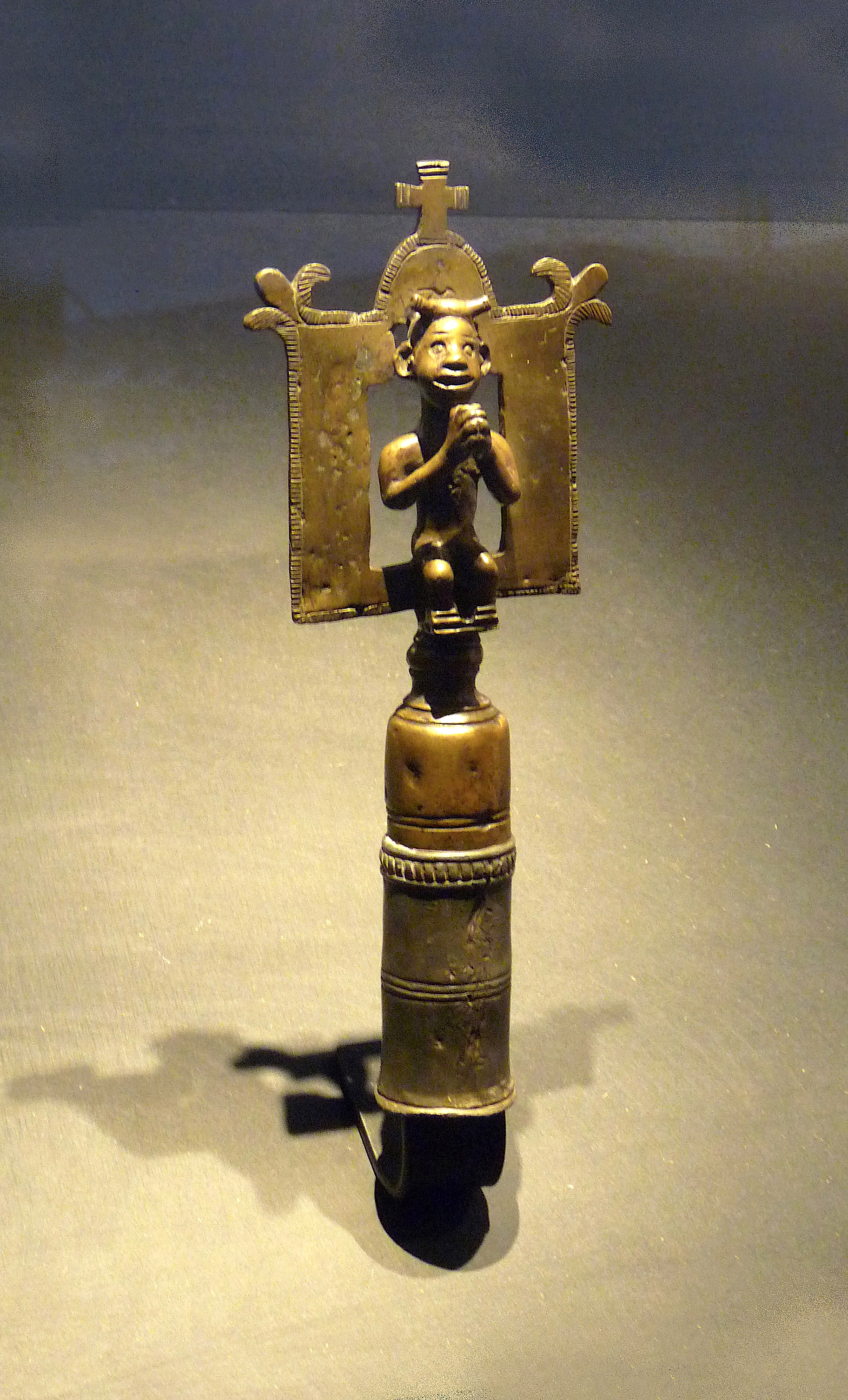 The Importance of Transitioning from Anthropomorphic Naming Conventions in AI
The Importance of Transitioning from Anthropomorphic Naming Conventions in AI
AI, or artificial intelligence, has become a topic of discussion and debate in recent years. The technology has impacted almost every aspect of our lives, bringing about innovation and optimization, but also raising concerns about fake information, biased programming, privacy issues, job displacement, and more. While experts are working to address these risks, there is another area of concern that has received little attention – the naming and branding of AI products and services.
Naming may seem like a trivial matter, but it can have unforeseen consequences in today’s world. This is especially true when it comes to the anthropomorphic conventions often used in naming AI agents and bots. Many AI interfaces in the Western world have female-gendered names, which can lead to confirmation bias and reinforce the idea that women are subservient to men. Additionally, anthropomorphic naming can make AI appear to have a “mind of its own,” which can affect its perceived potential to harm.
Furthermore, the use of anthropomorphic naming could contribute to the fear-inducing transformational approaches employed by some tech companies. If AI surpasses human intelligence, it raises questions about the value of human existence and blurs the lines between human-to-human relationships and human-to-AI interactions.
Just as there are regulations for naming pharmaceuticals and URLs, AI tools would benefit from similar naming conventions. Pharmaceutical names must adhere to certain guidelines to ensure consumer perception is not affected by assumptions about efficacy. URLs should be clear and concise, using only letters, hyphens, and numbers. By following these conventions, AI technology can be clearly categorized as a product rather than a substitute for humans. It also provides an opportunity to explain the objectives and capabilities of the technology.
Names have become brands in today’s society, with celebrities and public figures serving as examples. Using anthropomorphic naming conventions for AI can blur the lines between human and machine, potentially causing people to treat technology as human beings. Moving away from anthropomorphic naming can help avoid these implications and maintain a clear distinction between humans and AI.
In conclusion, the naming and branding of AI products and services is an important consideration. The use of anthropomorphic naming conventions can have unintended consequences, reinforcing gender stereotypes and blurring the lines between humans and machines. By following naming conventions similar to those used for pharmaceuticals and URLs, AI technology can be clearly categorized as a product and its objectives and capabilities can be effectively communicated. It is crucial for innovation and marketing teams to guide clients in navigating the AI sphere and making thoughtful decisions about naming conventions to ensure the long-term success of new technology.

